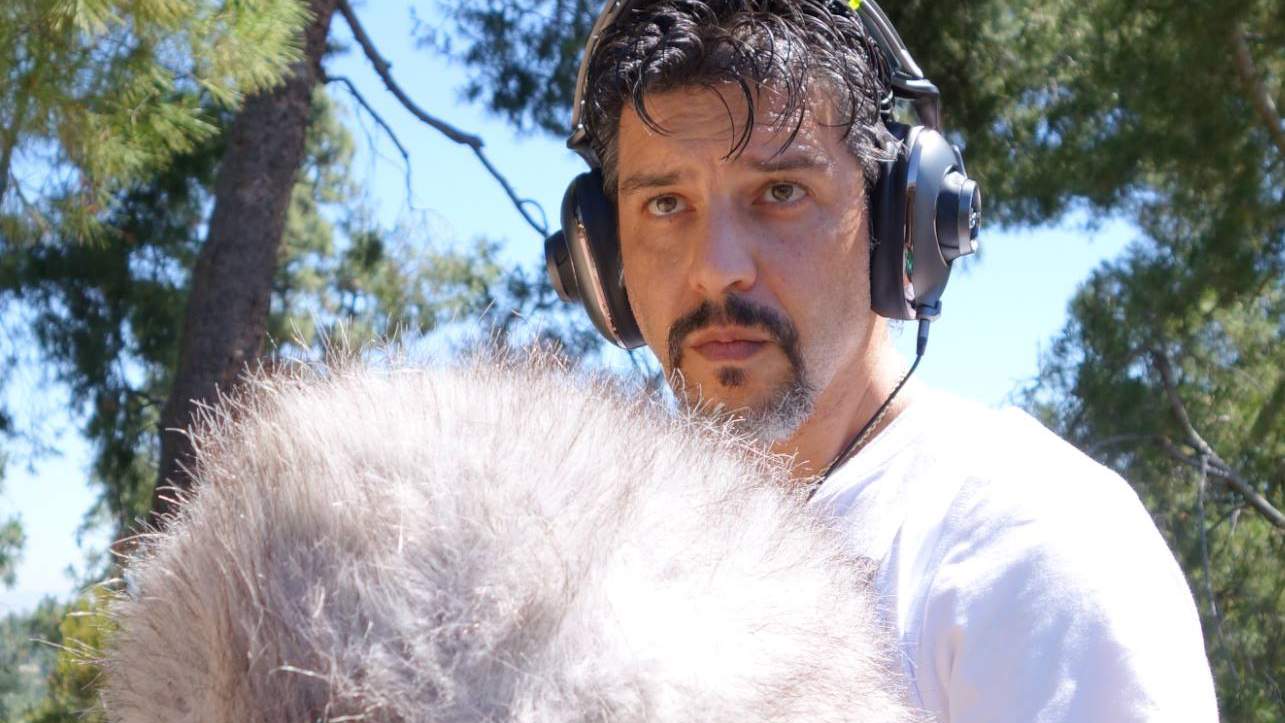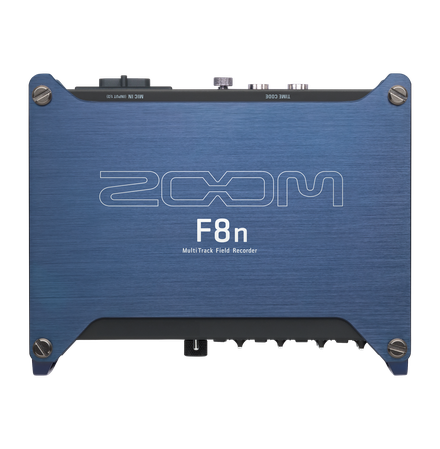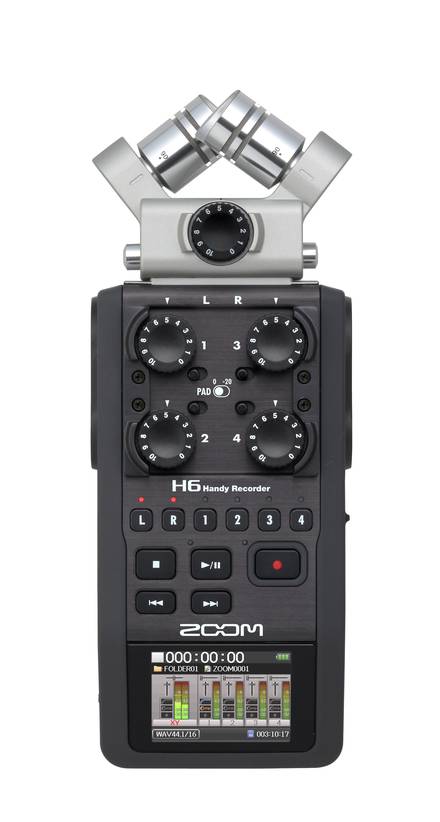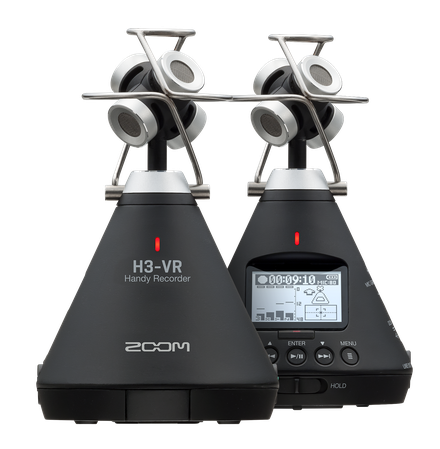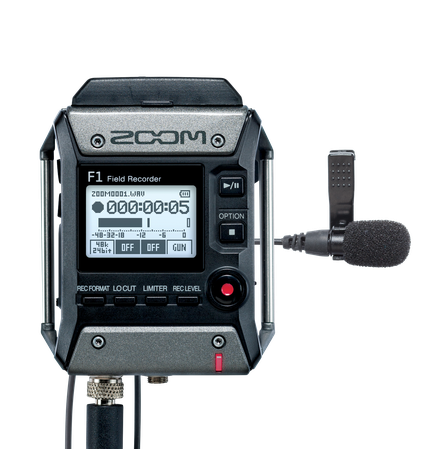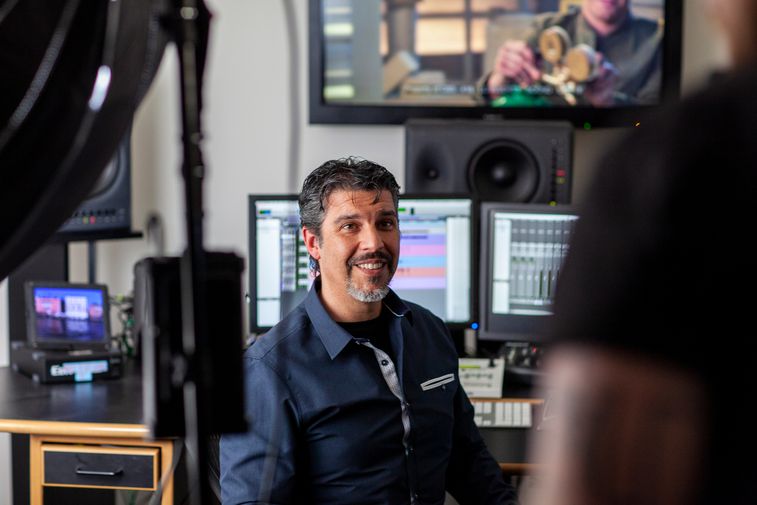
Mark Lanza is a Sound Designer at Sony Pictures Entertainment and President of the Motion Picture Sound Editors organization. His work can be heard on well-known films like Independence Day and Natural Born Killers, as well as popular television and streaming series like Homeland and Philip K. Dick's Electric Dreams. We recently got the chance to ask Lanza about his experience in the industry, how he approaches different types of recording, what tools he uses and what gets him excited for the future of audio.
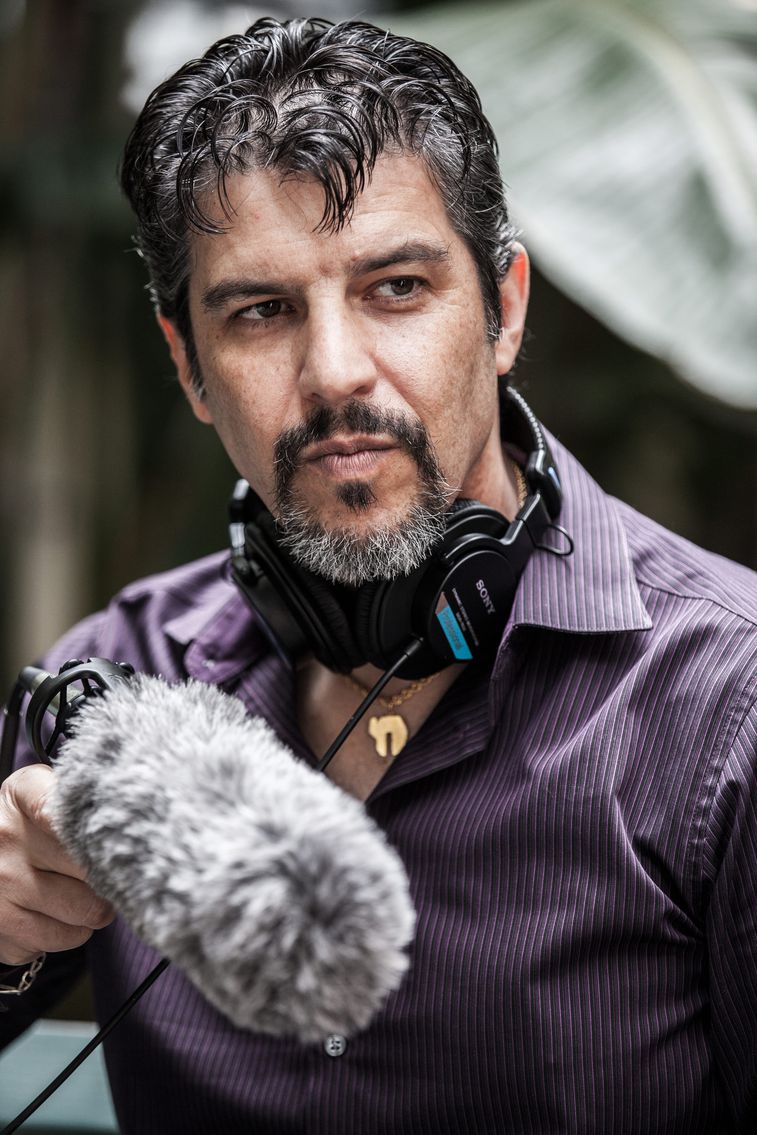
What does a sound designer do?
A sound designer can be the one who plans the overall sonic theme of a project, or it sometimes refers to someone who makes sounds not found in nature.
For example, I had a scene where a woman from the bomb squad was getting in her suit to go and diffuse a bomb. Before the bomb went off, we had a helicopter circling, we had all the citizens saying, “Oh my God, what's going on? I heard it's a bomb!” We had police sirens and all this confusion going on. Then, when the woman starts to walk towards the bomb, I had the mixer slowly take everything out so all you can hear is the Foley of her walking up toward the bomb and her breathing, which was somebody in group ADR cupping their hands around their mouth so it sounded like it was inside the suit. It gives you this feeling of being in her shoes. Then, when the bomb went off, I had everything come flooding back in—the helicopter, people screaming, dogs barking, car alarms going off. Chaos!
It just helps tell the story with sound. It focuses your attention, just like the cameraperson will rack the focus to highlight certain things. That's what I do with sound.
What Zoom gear do you use?
I have pretty much the full Zoom arsenal. I have the F1, the H3-VR, the H6 and all the attachments, including the stereo shotgun and the shock-mounted X/Y mics. I also have the F6, the F8, the F8n and the F-Control.
I love to throw a lot of mics at a session. With the new recorders like the F8n, I have eight inputs, and I love to use as many as possible because it gives me options and backups. Handheld mics, mics up on stands, mics taped onto cars or guns, contact mics stuck right on things. Having so many channels is great. If there's a surface, I'll put a mic on it.
How did you get involved with audio in the first place?
Completely by accident, actually. I was going to school for computer programming and I wound up meeting a guy in a programming course who was doing sound for post. This was back in the day when things were analog and people were cutting on film, but he wanted to be able to use computers to do it. I programmed a database for him to categorize his sound effects, and after a while, he said, “I'm thinking of using computers to actually cut the sounds. What do you think of helping with something like that?”
He was over at Soundelux. I started there October of '88 as an assistant and within a few years wound up designing sound effects. People always hate me for how quickly my career took off, but the first movie I ever worked on was Born On The Fourth Of July by Oliver Stone. Using the digital platform, you could do much cooler stuff. You could manipulate the sound in so many more ways. So we were cutting all the cool design stuff, slowing down helicopters and bullets and things. And so that's how I started. Eventually, other editors started coming over to the digital side. A number of people left the industry, but a lot of the good cutters just embraced it when they saw what the tools could do.
What kinds of sound work have you done throughout your career, and how did you land on being a sound designer and supervisor?
I always liked the effects side of things. I started in features, and for the first eight years or so, I'd done nothing but features, Super Bowl commercials and a handful of music videos—including some Michael Jackson videos, which were a lot of fun to work on. I did a few cartoons over at a friend’s studio, and then I wound up doing Nash Bridges and The Shield. Those were the first TV shows that I ever worked on, and it was great.
I supervised my first movie for Bryan Singer back in '93 and continued to do it sporadically for a while. Now I'm almost completely supervising. As a sound supervisor, I have to make sure that everything works, especially knowing what the director and the producer are hoping to get. If it's my first project with a director, then I spot it with them and ask a lot of questions. I could show up with something really cool, but if it's not what they want, then it’s all for nothing.
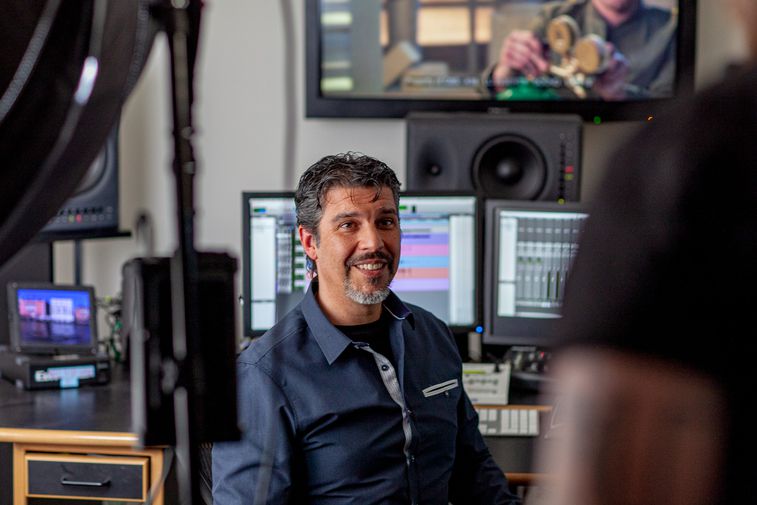
What’s your go-to recording rig?
It's absolutely the H6. it's the quickest one for me to fire up and start recording when I hear something cool. I don't have time to scramble for the mics and cables and everything. I grab the box, snap the mic on, and I'm up and running. If something were going on outside my house right now and I wanted to record it, I could be recording in 30 seconds. I can't tell you how many times I've done that. I've even got a little handle for it that stops all the jostling noises, and I've got the X/Y attachment with the stabilizer as well.
I can also plug my Schoeps mics into it and they really sound good. It's a quality recorder, yet it fits in your hand. And I can always put it in a backpack or something and still use it for an incognito rig if I need to. I can put it in a fanny pack and people just think I'm from the ‘80s.
You mentioned recording guns and cars, which are notoriously tricky to capture. How do you do it?
I love to record firearms. I have a great spot out in the desert that’s usually very empty and there's a little bit of slap off the mountains, and I just mic that like crazy. I throw some mics downrange to get ricochets or whiz-bys. I usually use a cheaper mic just in case, or hide them behind rocks and just pray.
It can be dusty, so I try to keep the recorders tucked away in bags once I've got everything set up. Because Zoom has Bluetooth control, I can tuck the gear away and record everything by controlling it with my phone, which is really handy. If I'm operating the gun and the recorder, I can just take my phone out of my pocket and make a quick adjustment without having to walk all the way over to the rig and put the gun down and everything. I'm also really looking forward to getting my F6 out there with some guns. With the floating 32-bit recording, I don't have to worry about over-modulating the recorder, which is amazing.
For vehicles, I love to have mics in sync both in and out of the car. That way, when I cut from the interior to the exterior, it’s in the same gear at the same RPM and under the same engine load, which is really handy for cutting.
The entertainment industry is known for being extremely competitive. What advice do you have for somebody who wants to do what you do?
Obviously, you need to learn the craft, but networking gets you in the door. Don't be shy. This is the wrong business for introverts. Get out there and be you. Be different and be bold when getting your foot in the door. That's the main thing. Once you’re in, get a mentor and then just work hard—and I mean really hard. Be the first one in and the last one out. Go above and beyond. It doesn't matter whether you're getting coffee at first or whatever, because somebody is going to say, “Oh my God, they’re the best coffee person ever. They'd be a great assistant.”
And then you become an assistant and you bring them everything they need. And they're like, “Wow, they’re the greatest assistant, they should be an editor.” And then you become the best editor you can be, and that's the way it goes. No matter what resources you may be lacking or how little time you have, nobody knows. They just hear the work, and your work is representing you, so go the extra mile to make it the best it can be.
In the U.S., you kind of have to pick whether you're a dialogue or an effects person. In a lot of other countries that's not the case, but here in Hollywood, picking a discipline is usually the way to go. I know a lot of people that just have never done dialogue. Even after being in the industry for years, there came a point where I was a newbie to cutting dialogue.
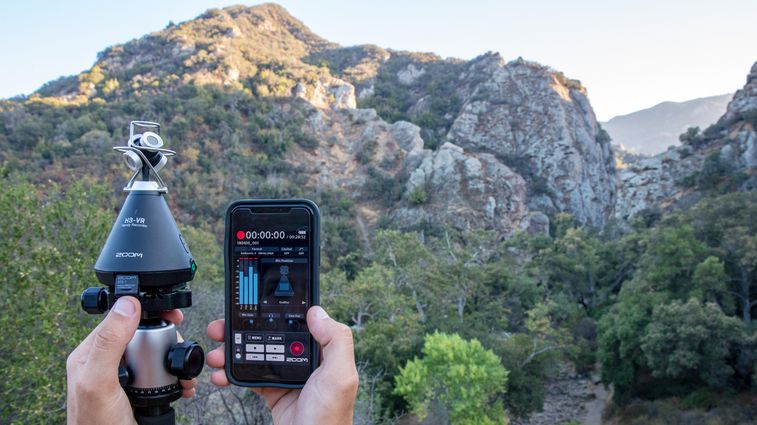
What’s your approach to capturing natural ambience and soundscapes?
For ambiances, I love my H3-VR because it's an Ambisonic recorder, which is really cool. And it's small, so I'll go out into the hills on my bike and I'll just throw that in my backpack, set it up and record some of the ambience while I'm out there. I also have a pair of stereo Schoeps, and I love getting really detailed backgrounds with those and my F8n. You can hear everything.
Once you get your foot in the door, get a mentor, and then just work hard—and I mean really hard."
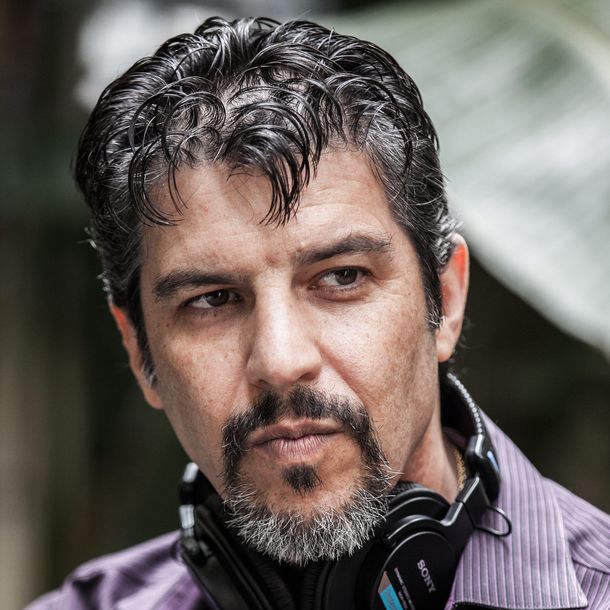
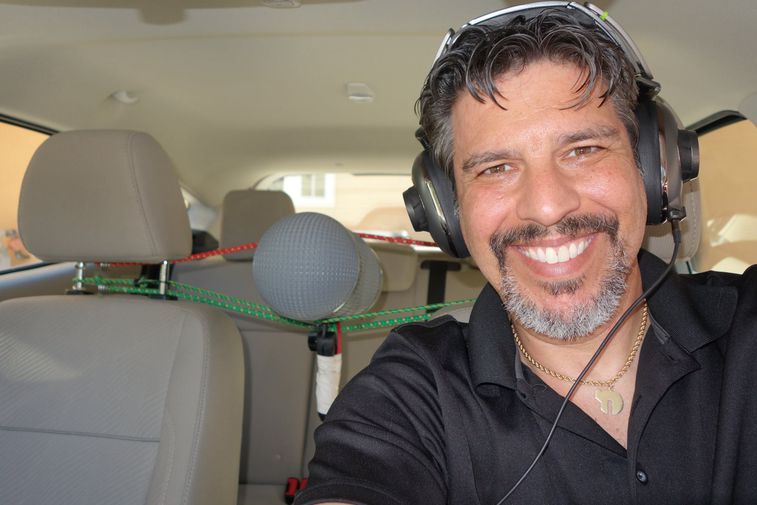
After working in audio for so many years, what still excites and challenges you?
I love switching genres and mediums. I think it keeps me fresh. I love to cut a cartoon or a commercial once in a while; maybe a video game. I also love to work on comedy sometimes. I love just mixing it up. Each genre makes your mind focus in a different direction. I did one of the Texas Chainsaw Massacre movies, and that was such a blast. I did Independence Day and my sounds wound up in toys and a pinball machine and all kinds of cool stuff. I even did a cartoon where they came out with these dinosaur figures from the show and my dinosaur noises wound up being in the toys. I never grow up, ask my wife.
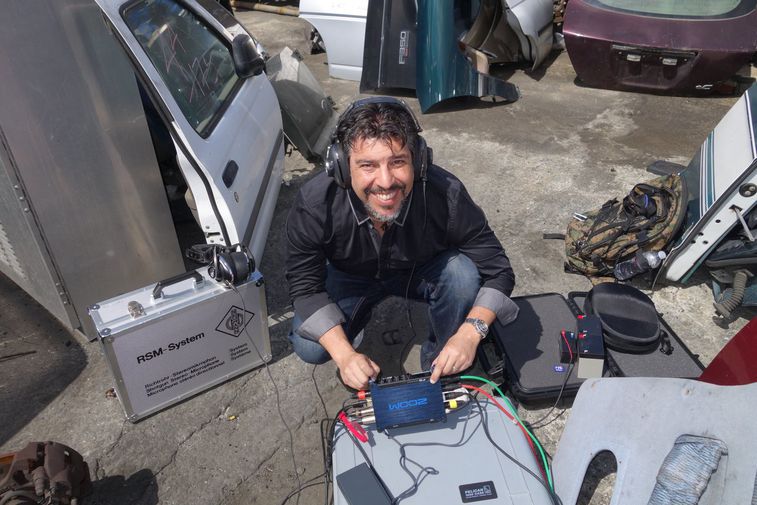
What gets you excited about the future of the industry?
I'm looking forward to all the new editors coming into the industry. I see lots of new talent coming, and it's great. They keep me on my toes. They're using new tools and new ways of doing things. I’ll go into the theater and hear something and I'm like, “I wish I had done that. That was really cool.” It inspires me to get back into my own room, figure out how they did it and see if I can do something like that or better and make it my own.
